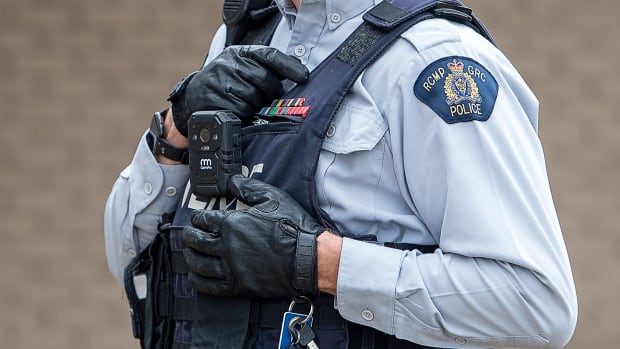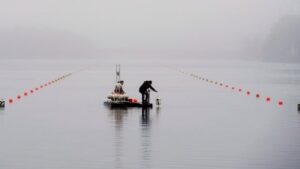
The RCMP is set to deliver an update today on its plan to get frontline officers wearing body cameras later this month.
Officials are expected to report Thursday afternoon on the national rollout plan and how its data storage system will work.
According to the RCMP’s website, the plan is to deploy the cameras gradually starting in mid-to-late November, with the goal of having 90 per cent of frontline members wearing the cameras in the next year and a half.
Other police agencies in Canada already use the technology. But the size and unique mandate of the RCMP — which, alongside its federal policing responsibilities, delivers provincial, regional and local police services in many parts of the country — makes this the largest and most ambitious rollout.
The RCMP’s national profile also likely means its program will attract added scrutiny over when the cameras are used and who gets access to the footage.
According to RCMP policy, the cameras have to be on and recording during service calls, including ongoing crimes and investigations, mental health calls and protest response.
The cameras won’t be used during what the RCMP policy calls “intimate searches.”
The RCMP has said it might proactively disclose footage from a body-worn camera “where it is in the public interest to do so.” Members of the public can request footage taken of them through the Privacy Act.
The national police force first announced its plan to equip between 10,000 and 15,000 officers with body-worn cameras back in 2020, as protests against police brutality were erupting around the world in the wake of George Floyd’s death in police custody in Minneapolis that year.
The force originally planned to roll out the cameras in 2021, but it took longer than expected to award the first contract and conduct pilot testing in the field. Last year, the RCMP announced it was moving on to another vendor, further delaying the rollout.
Detachments in Nova Scotia, Nunavut and Alberta already have deployed the cameras for field testing.
The federal government has committed nearly $240 million over six years to get the program running and $50 million annually in operating funding.

